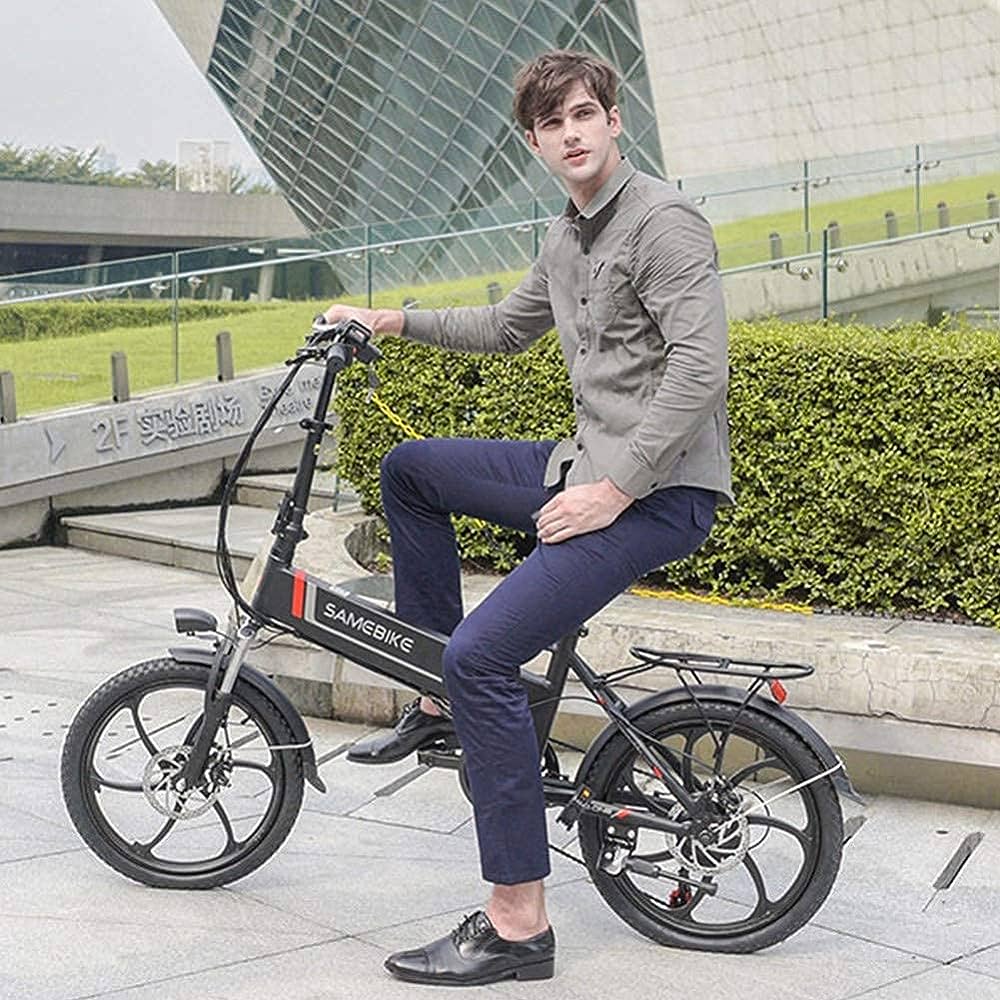
Bicycles have been a popular mode of transportation for over a century, and with the advent of electric and folding bikes, they have become even more versatile and efficient. Folding electric bikes combine the convenience of a folding bike with the power of an electric motor, offering a unique alternative to traditional bikes. But what exactly are the differences between folding electric bikes and traditional bikes? In this article, we’ll explore the key differences between the two, from design and functionality to performance and cost.
Design and Functionality
One of the most obvious differences between folding electric bikes and traditional bikes is their design and functionality. Traditional bikes are usually designed with a rigid frame and a fixed set of components, including wheels, pedals, gears, and brakes. They come in a range of styles, from road bikes and mountain bikes to cruisers and commuters.
Folding electric bikes, on the other hand, are designed to be more compact and portable. They feature a folding mechanism that allows the bike to be collapsed and stored in a smaller space, making them ideal for commuters and travelers. Additionally, folding electric bikes typically have smaller wheels than traditional bikes, which can make them more maneuverable in tight spaces.
Performance
Another key difference between folding electric bikes and traditional bikes is their performance. Traditional bikes rely entirely on the rider’s physical power to move, while electric bikes are equipped with electric motors that provide additional power and assistance. This means that folding electric bikes can travel farther and faster than traditional bikes, and can tackle hills and rough terrain with ease.
However, it’s important to note that folding electric bikes still require pedaling and exertion from the rider. The electric motor provides assistance, but doesn’t do all the work. Additionally, the motor’s performance can be affected by factors such as terrain, speed, and battery life.
Cost
Cost is another factor to consider when comparing folding electric bikes and traditional bikes. Traditional bikes are generally less expensive than folding electric bikes, as they don’t require the additional cost of an electric motor and battery. However, the cost of traditional bikes can vary widely depending on factors such as brand, style, and quality.
Folding electric bikes, on the other hand, can be more expensive due to their added features and technology. However, the cost of a folding electric bike can also vary widely depending on factors such as brand, motor power, battery life, and accessories. It’s important to consider your budget and needs when choosing between a folding electric bike and a traditional bike.
Maintenance
Maintenance is another important factor to consider when comparing folding electric bikes and traditional bikes. Traditional bikes require regular maintenance, including cleaning, lubrication, and brake adjustment. Additionally, traditional bikes may require more frequent repairs and component replacements over time.
Folding electric bikes also require regular maintenance, but with the added complexity of an electric motor and battery. This may involve charging the battery, cleaning and lubricating the bike, and taking the bike for professional maintenance when needed. Additionally, the battery life of a folding electric bike may decrease over time, requiring eventual replacement.
Conclusion
In conclusion, folding electric bikes and traditional bikes have distinct differences in design, functionality, performance, cost, and maintenance. While traditional bikes are generally less expensive and require less maintenance, folding electric bikes offer added convenience, power, and versatility. It’s important to consider your needs, budget, and lifestyle when deciding between a folding electric bike and a traditional bike. Whether you’re looking for a compact and portable option for commuting, or a reliable and efficient bike for leisurely rides, there is a bike out there for you.

